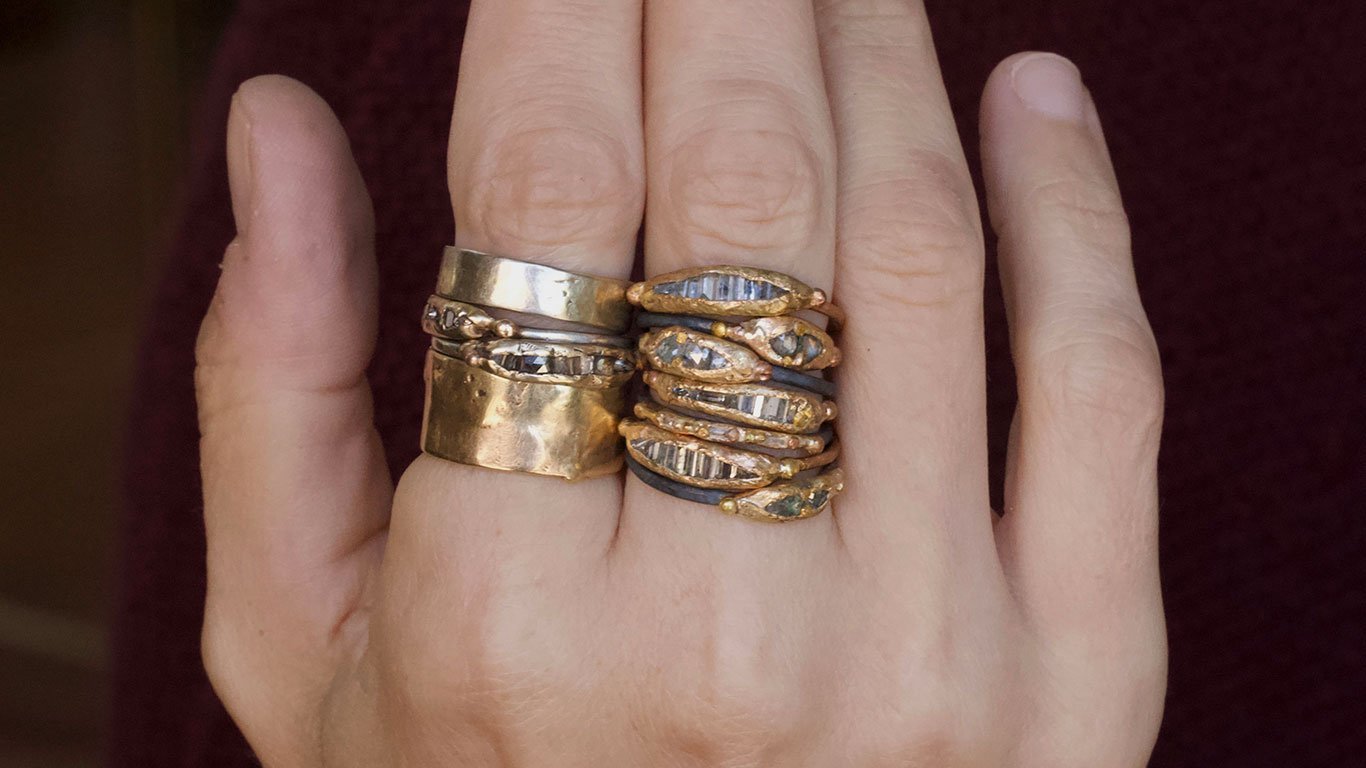
History of Diamonds: From Cartels to Ethically Sourced Stones
Everyone loves a tale of a daring diamond heist, such as the 2005 Schipol Airport incident where thieves, disguised as airline workers, made off with millions worth of uncut diamonds after holding the airline staff at gunpoint. Flawlessly executed, no one was injured, and the thieves remained at large for over 15 years until their eventual arrest, with $43 million worth of diamonds still unaccounted for to this day!

However, all these daring and dramatic robberies absolutely pale in comparison to the biggest diamond heist ever – by The Diamond Cartel In the late 19th century. The London-based Diamond Syndicate had worked out a cozy agreement with Cecil Rhodes, a mining magnate who was based in South Africa. They agreed that they would purchase his diamonds at a fixed price, which maintained the diamond prices. This was very profitable for all involved, but there was a problem. New diamond mines were always a threat. This wasn’t lost on Rhodes, as he was personally involved in the 2nd Boer War, a war he helped provoke to maintain diamond rights.
The diamond business had become so lucrative to the London-based bankers and businessmen that they were able to use their influence (and colonial attitudes) to expand the British Empire deeper into Boer turf! In the outbreak of fighting, Rhodes endangered himself by travelling to Kimberley, a mining town, and began to prepare defenses as he knew he was a prime target for the Boer. The town was besieged but Rhodes’ friends in the press helped sway public opinion, pressuring the British Army into abandoning their plans to attack the two Boer Republics' capitals. The siege was then lifted on Kimberley and the other sites.

The British won the war and Rhodes and his company, De Beers, were able to purchase up more and more territory. By the time of Rhodes’ death in 1902, De Beers controlled 90% of the diamond market and were effectively a monopoly.
They used every trick in the book to maintain their monopoly right into the 20th century. By controlling the supply, they either absorbed competitors into their company or flooded the diamond market with similar diamonds of their competitors to put them out of business. They were also responsible for some of the best and most memorable marketing campaigns in history, all to open up new markets and create new value for their product. Of course, the most famous one being, "Diamonds are Forever".

We at Variance Objects are proud to source our diamonds ethically. All of our diamonds are Kimberly certified conflict-free and come from trusted dealers. You can get your own unique piece by shopping our diamond collection here.



